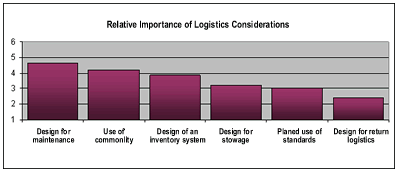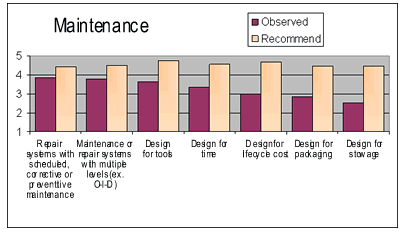Lessons Learned
The lessons learned are captured in the following report:
At the inception of the project, the investigators determined that there should be a set of studies on terrestrial analogs for space exploration. The decision to add a study on NASA Lessons Learned was based on data needs for space exploration, problems encountered in the development of logistics architecture, as well as in the design of space systems, and a need for guidance in the development of a logistics architecture.
Top 7 Lesson Learned
The following seven lessons were compiled as a result of a study including nine data sources, looking at similarities across programs, centers, and activities.
- There should be design influence or specification to provide for stowage volume. Resulting problems from lack of stowage specification may include growing time demands for the crew, loss of accountability, loss of access to operational space, limits to housekeeping, weakened morale, and an increased requirement for resupply.
- The inventory system should be based on a common logistics system, shared by multiple organizations, to decrease the problem of differing values for like items across systems.
- Packing lists and manifests do not make good manual accounting systems. Parent-child relationships are fluid and need to be intuitively handled by a system updated by the movement of both parents and children.
- Commonality should be a prime consideration for all vehicles, systems, components, and software in order to minimize training requirements, optimize maintainability, reduce development and sparing costs, and increase operational flexibility.
- Design for maintenance should be a primary consideration in reducing the logistics footprint. An optimization is preferable, taking into account tools, time, packaging, stowage and lifecycle cost.
- Standards should be planned and applied to system development. A simple example of this is standard and metric tools. In most cases, where there are multiple standards, there is an interface required, and the interface then requires support.
- Return logistics should be taken into account in the design. The packaging requirements, pressurization, and reparability/disposability for the return or destructive reentry of items should be known and modeled.
Space Logistics Community Survey
A Space Logistics Community Survey was developed by integrating 7 key lessons learned into a 10-question survey. Most questions asked the respondent to rate their level of observance of each issue as well as their level of recommendation for each. The analysis is based on a sample of 35 responses from members of NASA, the DoD, and space-affiliated industry.
Participants rated the overall relative importance of logistics considerations as such:

However, when sorted by role, there seems to be some divergence by role/position. While all roles agreed that maintenance planning was most important in the design, there were differing priorities beyond that. Interestingly, Engineers and Logisticians agree in all categories, except for the priority of inventory systems versus stowage considerations. It was found that no group correlated the importance of planned use of standards and design for commonality. This may point to a greater misunderstanding of standards and commonality in the design process.
| All | Engineers | Logisticians | Programs Managers | |
|---|---|---|---|---|
| 1 | Maintenance | Maintenance | Maintenance | Maintenance |
| 2 | Commonality | Commonality | Commonality | Inventory |
| 3 | Inventory | Stowage | Inventory | Commonality |
| 4 | Stowage | Inventory | Stowage | Return Logistics |
| 5 | Planned Standards | Planned Standards | Planned Standards | Stowage/Planned Standards |
| 6 | Return Logistics | Return Logistics | Return Logistics |
Several questions addressed specific logistics areas, asking which considerations had been observed by the user in practice, and which are recommended for use. The results of the question regarding maintenance are shown below:

Recommendations
The study seems to point out some needs. The graphical representations above, where there is a large gap between observed and recommended values is evidence of either mitigation, system design, or technology requirements in current and future systems. Virtually every area surveyed had high impact, highly recommended efforts, where there was a low level of observation.
A standard regimen of reviewing lessons learned, consolidating them, and looking for root causes would probably allow broader use of the lessons in new developments.
